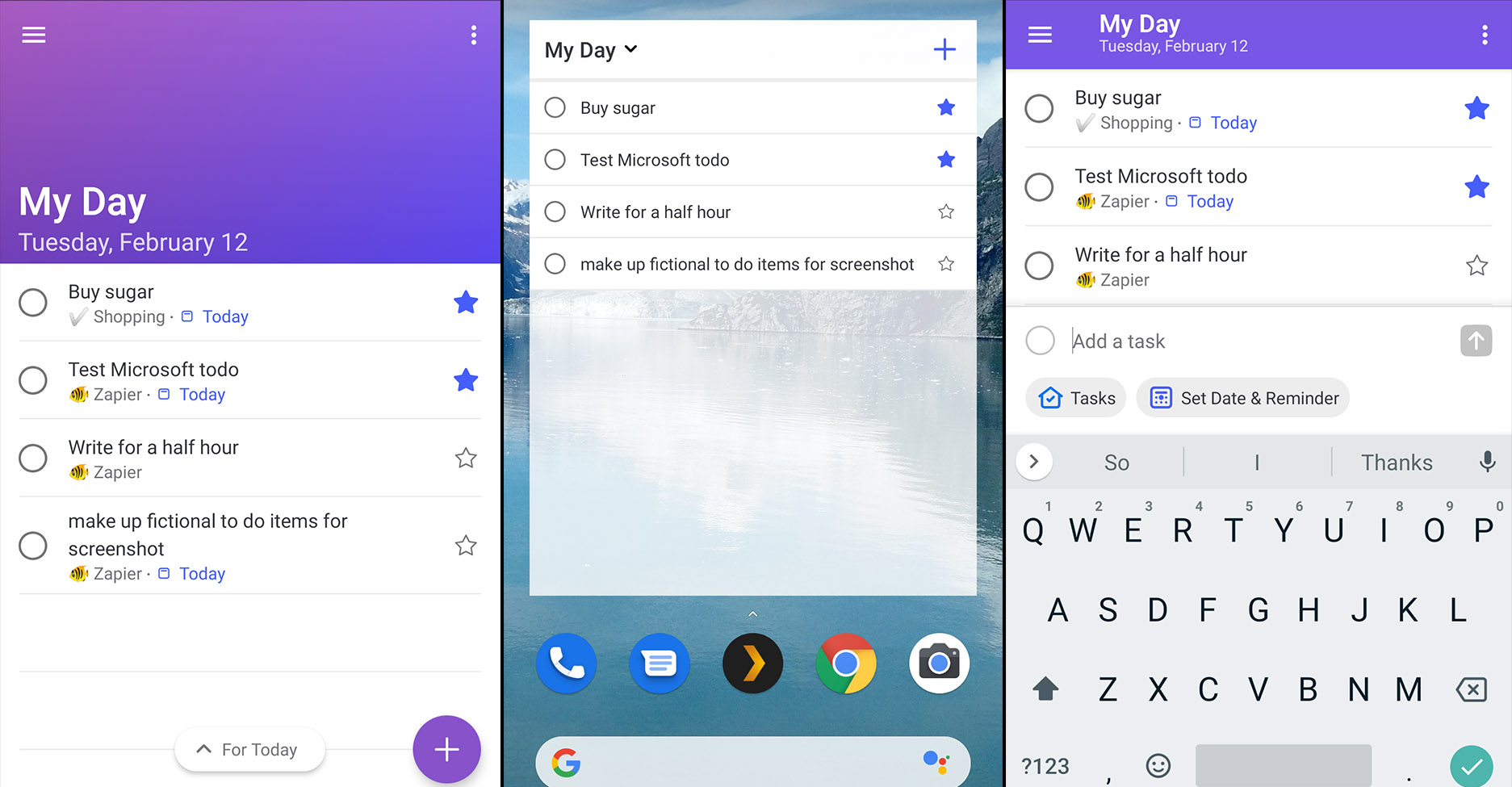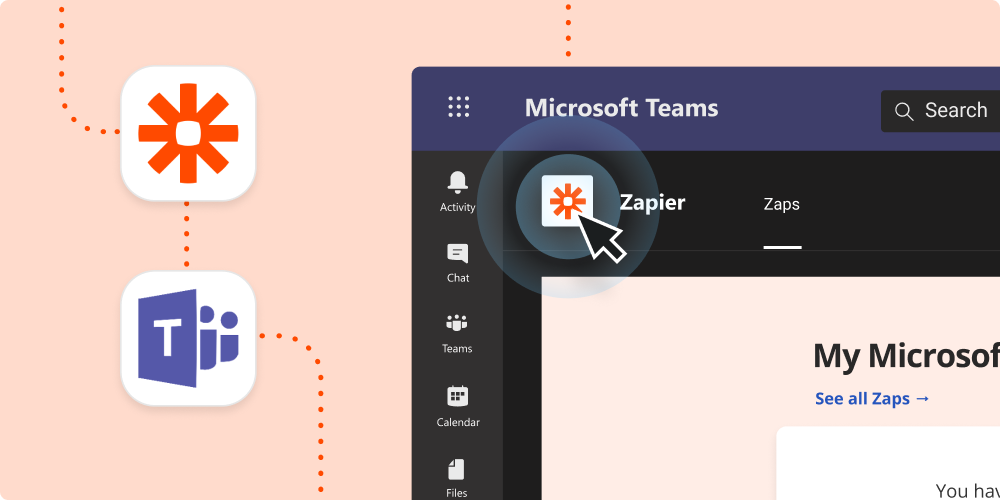

Test with a small set of users and groups before rolling out to everyone. If you choose to scope who will be provisioned based solely on attributes of the user or group, you can use a scoping filter as described here. If you choose to scope who will be provisioned to your app based on assignment, you can use the following steps to assign users and groups to the application. The Azure AD provisioning service allows you to scope who will be provisioned based on assignment to the application and or based on attributes of the user / group. Define who will be in scope for provisioning Learn more about adding an application from the gallery here. However it is recommended that you create a separate app when testing out the integration initially. If you have previously setup Zapier for SSO you can use the same application. Add Zapier from the Azure AD application galleryĪdd Zapier from the Azure AD application gallery to start managing provisioning to Zapier. These values will be entered in the Tenant URL and Secret Token fields respectively in the Provisioning tab of your Zapier application in the Azure portal. Under COMPANY SETTINGS, Select User provisioning.Ĭopy the SCIM Base URL and SCIM Bearer Token. Navigate to Settings under the tenant ID. Configure Zapier to support provisioning with Azure AD Determine what data to map between Azure AD and Zapier.Determine who will be in scope for provisioning.Learn about how the provisioning service works.A user account in Zapier with Admin permissions.

Application Administrator, Cloud Application administrator, Application Owner, or Global Administrator). A user account in Azure AD with permission to configure provisioning (e.g.The scenario outlined in this tutorial assumes that you already have the following prerequisites: Provision groups and group memberships in Zapier.Keep user attributes synchronized between Azure AD and Zapier.Remove users in Zapier when they do not require access anymore.


 0 kommentar(er)
0 kommentar(er)
